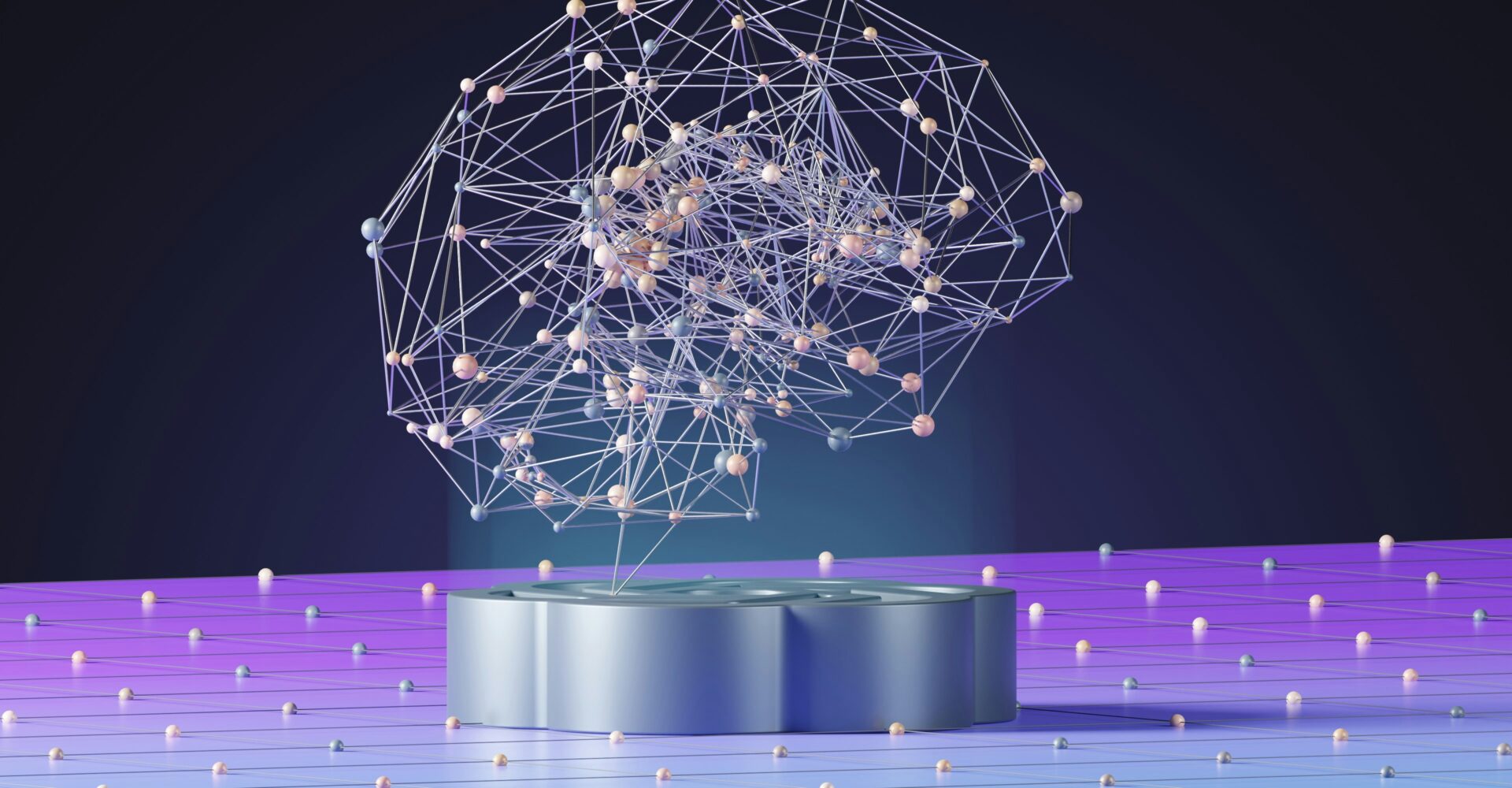Top Business and Productivity AI Tools in 2025: Transforming Efficiency and Innovation
The integration of artificial intelligence into business operations has reached unprecedented levels in 2025, with tools designed to automate workflows, enhance decision-making, and streamline communication dominating the market. From AI-driven project management platforms to advanced customer service solutions, these tools are not just optimizing tasks—they are redefining how businesses operate. This article explores the most impactful AI productivity tools of 2025, offering insights into their applications, benefits, and the competitive edge they provide.
AI Writing and Content Creation Tools
ChatGPT and Claude: The Evolution of AI Writing Assistants
AI writing tools like ChatGPT and Claude have become indispensable for content creators, marketers, and professionals requiring high-quality textual output. These platforms excel at generating drafts, refining tone, and overcoming writer’s block. For instance, ChatGPT’s ability to produce social media captions or blog outlines in seconds has made it a staple for digital marketers, while Claude’s focus on factual accuracy and nuanced language suits technical documentation. A comparative analysis reveals that Claude outperforms ChatGPT in complex analytical tasks, though both remain leaders in their category.
Jasper AI and Writesonic: Specialized Content Generation
For businesses prioritizing brand consistency, Jasper AI offers templates tailored to marketing copy, email campaigns, and ad content. Its integration with SEO tools ensures content aligns with search engine algorithms, driving organic traffic. Similarly, Writesonic leverages GPT-4 to automate long-form content, such as whitepapers and product descriptions, while maintaining a conversational tone. Users report a 50% reduction in content production time, with outputs requiring minimal editing.
AI Project Management and Workflow Optimization
ClickUp AI and Motion: Intelligent Task Automation
ClickUp AI automates task assignments, generates progress reports, and predicts project bottlenecks using historical data. Its AI-driven suggestions help teams prioritize high-impact tasks. Motion, another standout, employs machine learning to create dynamic schedules that adapt to shifting deadlines, ensuring optimal resource allocation—especially for remote teams.
Asana and Zapier Central: Streamlining Cross-Platform Workflows
Asana’s AI now includes sentiment analysis to detect communication issues. Zapier Central enables businesses to automate data flow between apps like Slack, Google Workspace, and Salesforce. For instance, a Zapier workflow can log customer emails in a CRM and assign reps for follow-up, eliminating manual entry.
AI Sales and Marketing Automation
HubSpot Sales Hub and Copy.ai: Precision-Driven Outreach
HubSpot Sales Hub uses AI for deal analysis, revenue forecasting, and personalizing outreach. It alerts reps when prospects engage and suggests compelling content. Copy.ai generates persuasive sales copy trained on successful campaigns, A/B testing in real-time to increase response rates by up to 40%.
Postaga and Pulse: AI-Powered Lead Generation
Postaga automates backlink outreach by finding high-authority sites and crafting personalized messages, tripling response rates. Pulse forecasts campaign performance using historical sales data, recommends pricing tweaks, and helps refine strategy before execution.
AI Customer Service Solutions
Salesforce Service Cloud and Avoma: Enhancing Client Interactions
Salesforce Service Cloud intelligently routes cases to the right agents and uses sentiment analysis to spot frustration early. Its post-call AI summaries reduce after-call work by 30%. Avoma records calls, transcribes conversations, and highlights action items, offering feedback via its conversation scoring system.
AI Time Management and Productivity Analytics
RescueTime and Otter.ai: Mastering Personal Efficiency
RescueTime tracks time usage and introduced “Focus Zones” in 2025 to block distractions during key hours, increasing deep work by 22%. Otter.ai dominates transcription with real-time summarization and keyword tagging. Sales teams use Otter to capture insights and update CRMs automatically.
Emerging Trends in AI Productivity Tools
Autonomous AI Agents and Predictive Workflows
Autonomous AI agents can now manage entire workflows—from qualifying leads to booking demos—without human input. Predictive workflow tools like Motion adjust schedules using past data, helping teams prevent project delays before they arise.
Personalized AI Assistants and No-Code Automation
No-code platforms like Zapier Central and Team-GPT empower non-technical users to build their own assistants. Team-GPT lets teams train specialized AI models for legal review, market analysis, and more—with integrations to OpenAI and Anthropic models.
Conclusion
The AI tools of 2025 are not merely incremental upgrades—they represent a leap toward autonomous, intelligent business operations. By adopting tools like Claude for content creation, HubSpot for sales automation, and Salesforce for customer service, organizations can achieve unprecedented efficiency gains. However, success hinges on strategic implementation: identifying pain points, piloting tools in phases, and training teams to leverage AI insights. As these technologies evolve, businesses that embrace them will lead in innovation, agility, and customer satisfaction.




